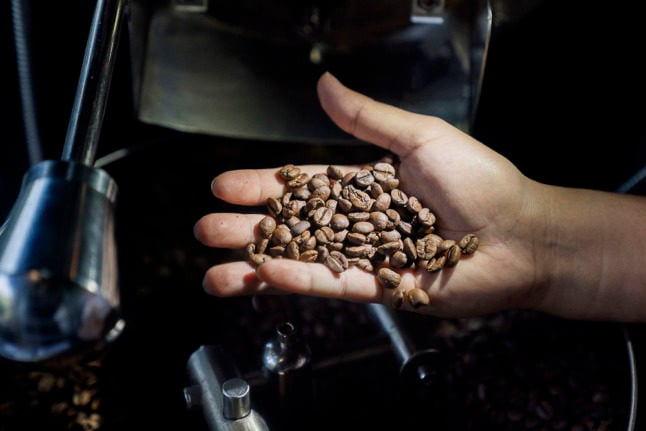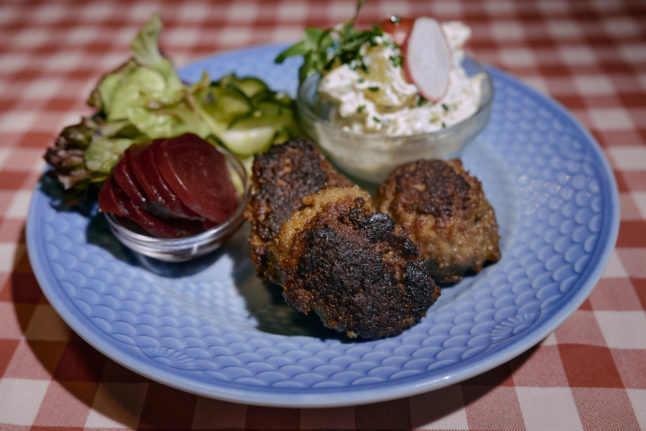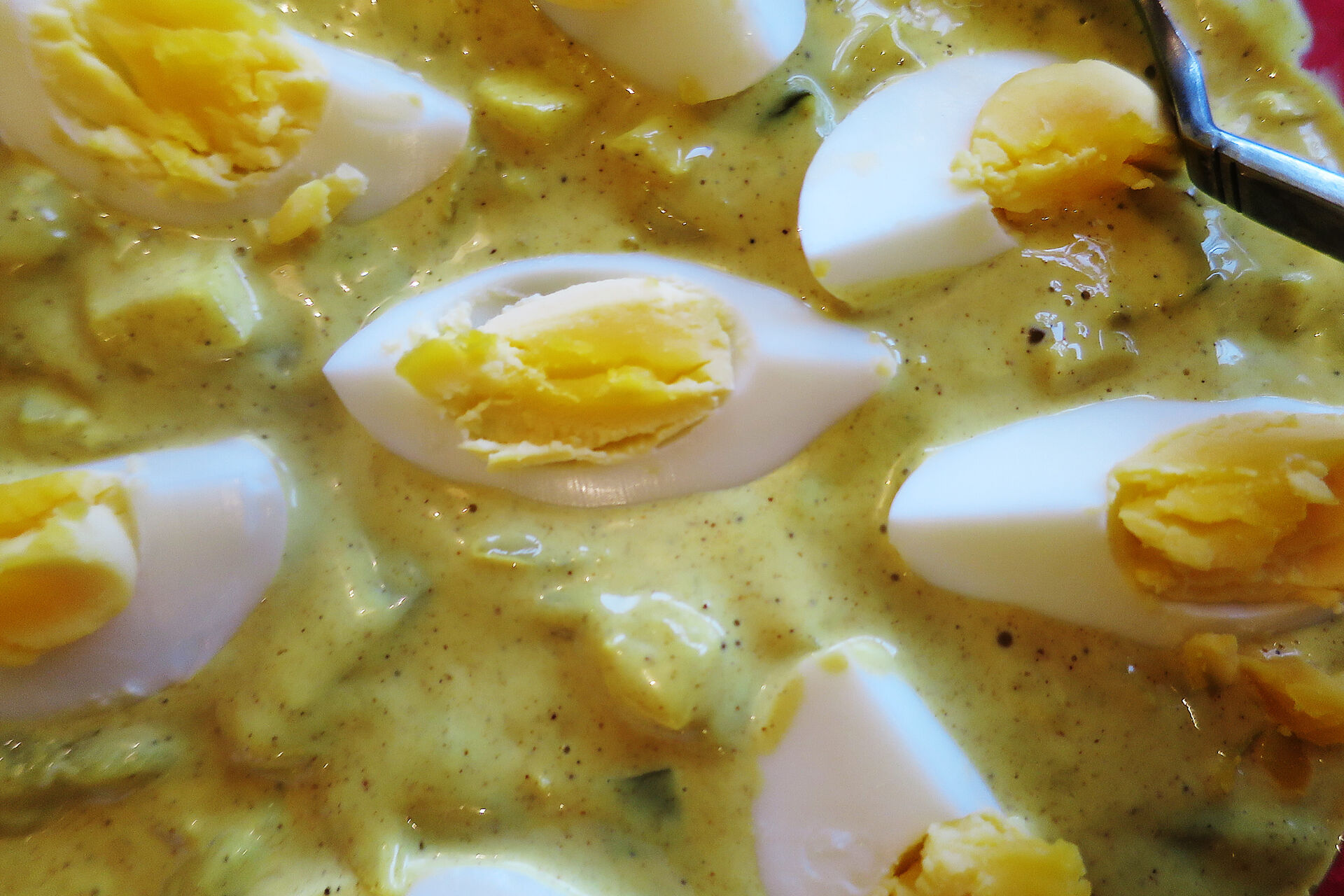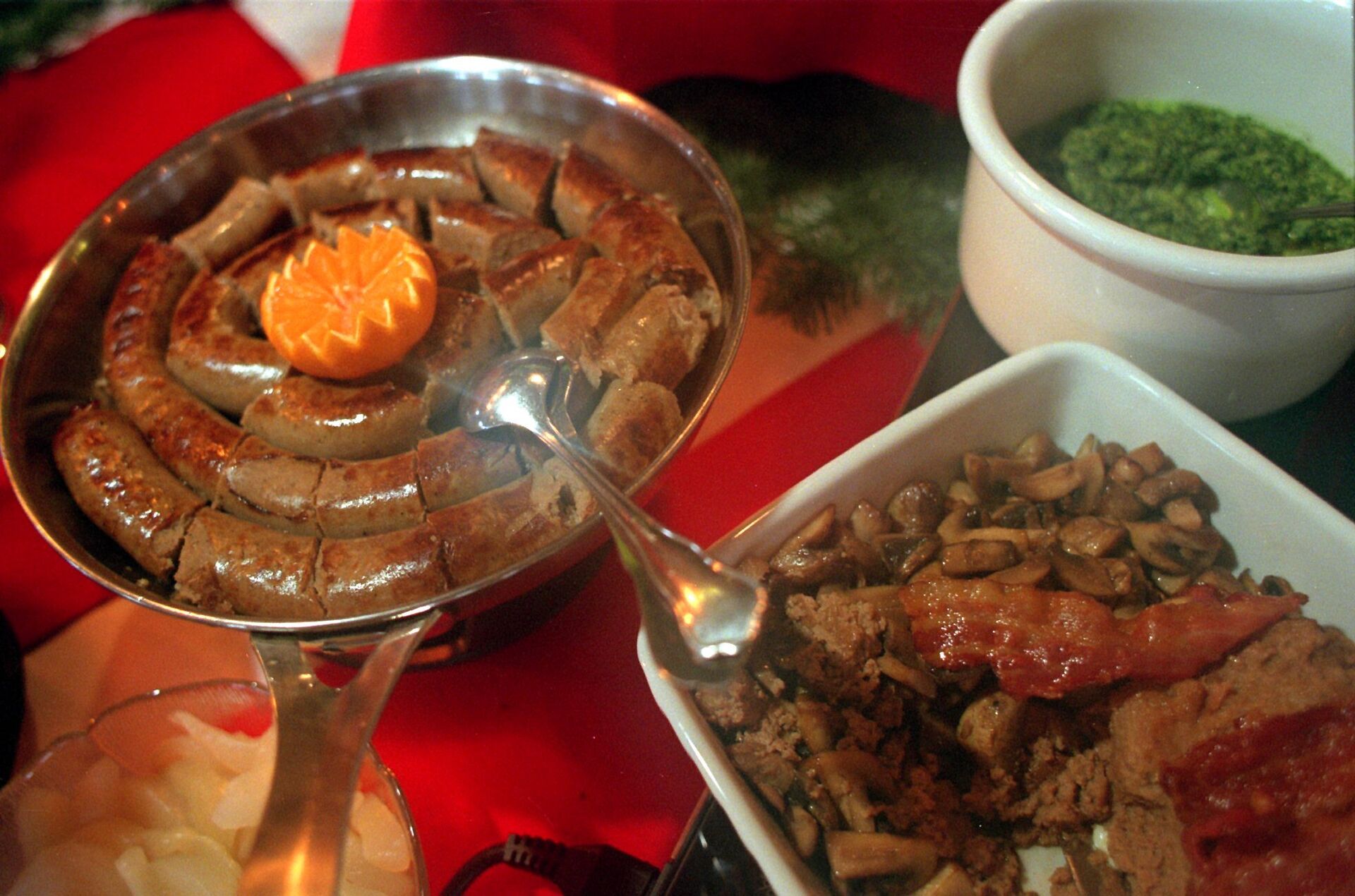Raw coffee currently costs more than at any time in the last decade, Norwegian financial media E24 reported on Tuesday.
A doubling of the cost per kilo during the last year, reported by E24 in the summer, has been followed by further increased in recent months. The current price of 37 Norwegian kroner (28.3 Danish kroner) per kilogram is the highest for a decade, the media writes.
That is in spite of a strengthening of Norway’s currency against the US dollar, according to E24. The Danish krone is also currently strong.
Because raw coffee beans are always traded in dollars, with prices set by the New York Stock Exchange a strong exchange rate should theoretically make the beans cheaper to import to Nordic countries.
“I think we are seeing a new normal when it comes to the industrial market price of coffee,” Ola Brattås, head of imports with Norwegian chain Kaffebrenneriet, told E24.
Higher prices have already made an impression on Danish coffee companies.
Markets for the product are currently uncertain, said Lars Aaen Thøgersen, head of communication and development with Peter Larsen Kaffe.
“It’s been this way for some time. There has been uncertainty around the harvest, particularly in Brazil,” Thøgersen told news wire Ritzau.
Drought in Brazil, linked to illegal rainforest logging and climate change, is reported by E24 as a key factor in coffee prices. The International Coffee Organization’s September 2021 report also mentions weather in Brazil.
That has compounded higher transport costs and general uncertainty related to the coronavirus pandemic, he added.
Although companies like Peter Larsen can purchase coffee directly from producers and thereby avoid financial markets, they are unable to avoid knock-om effects of high market values, according to Thøgersen.
“When this happens, all supplies around us are affected. So that naturally also affects our situation,” he said.
That means consumers are likely to also feel the effects at some point down the line, the coffee company spokesperson said.
“Consumers can already feel that prices have gone up now, and it will quite likely also be felt further,” he said.
“But it should also be put into perspective, because if you calculate per cup of coffee, a consumer will only notice a few øre (difference in price),” he also noted.
Supermarket chain Coop, which owns the Kvickly, Superbrugsen and Irma stores in Denmark, is currently negotiating 2022 supplier prices. The outcome of those negotiations is not yet known,” head of information Jens Juul Nielsen told Ritzau.
“How this will be felt on store shelves, we can’t yet say,” Nielsen said.
READ ALSO: Denmark’s energy prices hit highest level for nine years





 Please whitelist us to continue reading.
Please whitelist us to continue reading.
Member comments